Asian noodles are a staple in many Asian cuisines. But what are they? How do you cook them? In this article, we'll look at the most common types of Asian noodles, as well as how to prepare them.
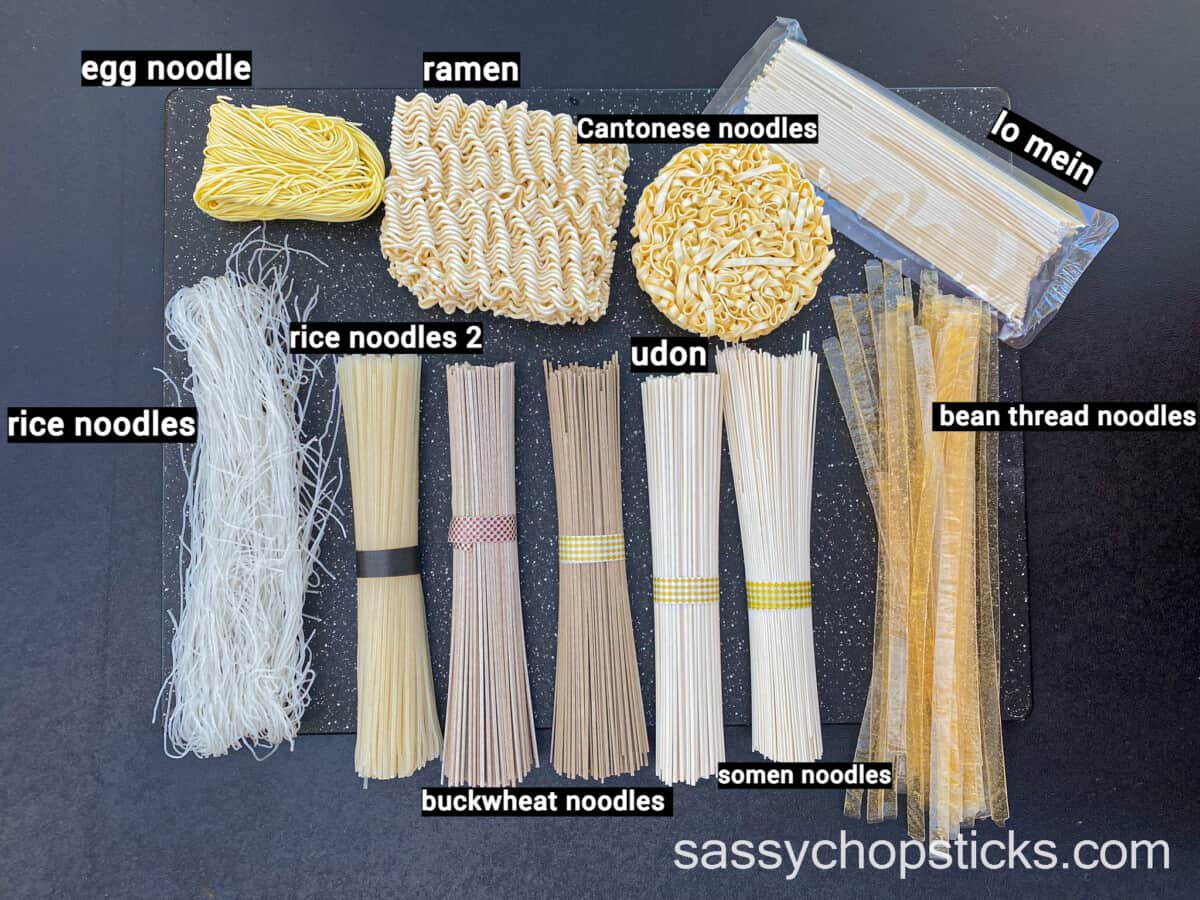
Asian noodles are made with different ingredients and have varying textures, which means they can be served in a variety of ways. They are mainly made from rice, wheat, or mung beans and come in a variety of shapes and sizes. From China to Japan, Thailand, Korea, and Vietnam, there are many kinds of Asian noodles.
Some are eaten by themselves as the main dish, while others are added to stir-fries and soups.
Noodles vs. Pasta
If you're new to Asian noodles, it's easy to confuse them with Italian pasta because they look similar and can be used in similar ways. However, some important differences between pasta and noodles should help you keep them straight:
Noodles tend to be thicker than pasta. They also tend to be cooked more quickly than pasta and finished with an oil-based sauce rather than tomato-based sauces or butter sauces like those typically used with pasta dishes.
The main difference between Asian noodles and Italian pasta is that most Asian noodles don't require boiling water before eating (though some do). Instead, they're usually steamed or pan-fried.
Here are some common types of Asian noodles:
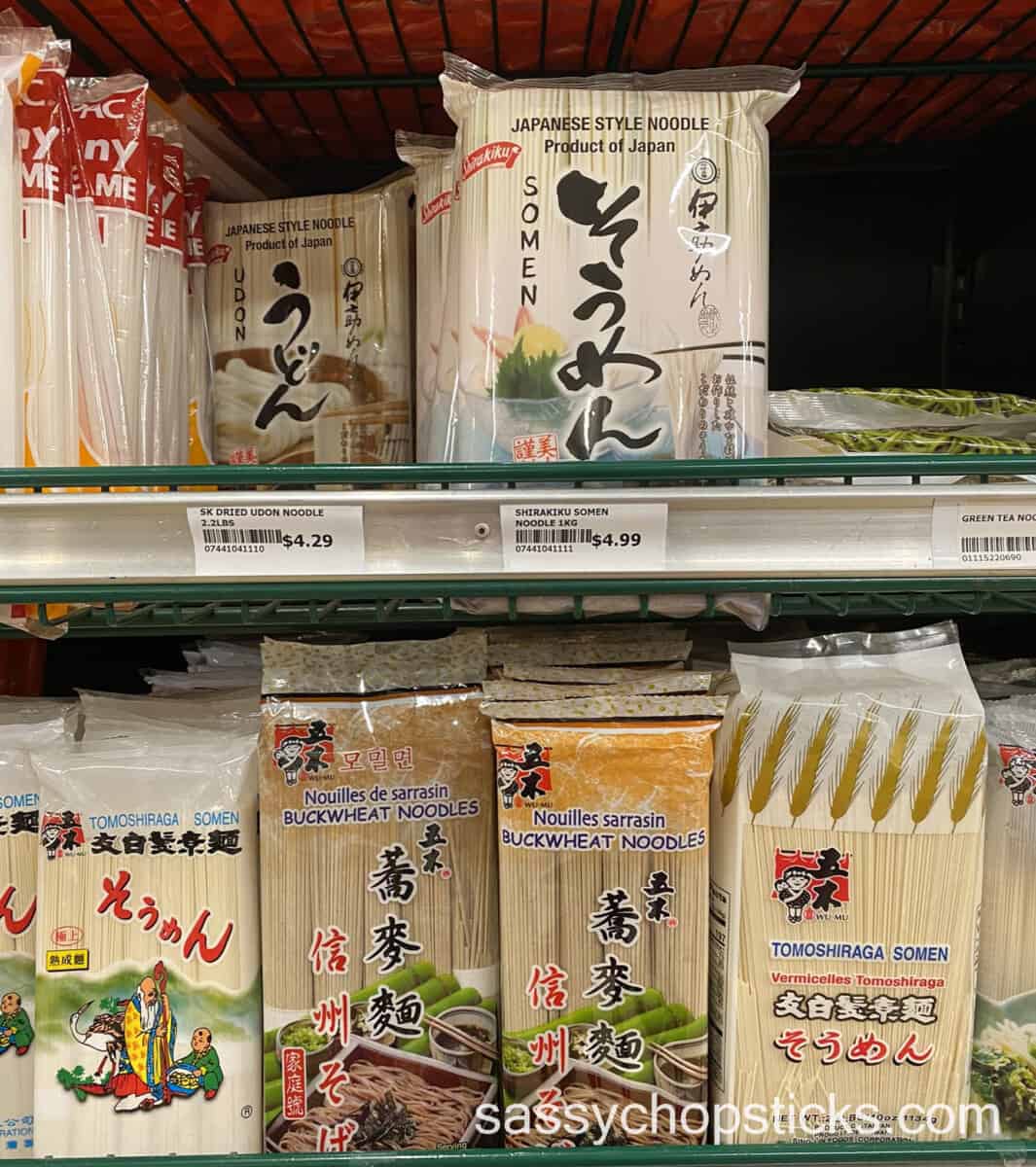
Rice Noodles
Rice is the most popular grain in Asia, so it’s no surprise that rice noodles are one of the most common types of noodles. Rice noodles come in various widths and thicknesses and have a chewy texture when cooked properly.
Rice noodles are made from rice flour and water. These thin, translucent, or white starches are made from ground rice or wheat flour mixed with water and then rolled flat into strands. Rice noodles can be served either hot or cold and make a great base for soups, salads, or stir-fries.
Rice noodles come in various thicknesses: from thin vermicelli to thick chow fun noodles. The thin rice stick is called “Mei fun”(米粉) in Chinese. Rice noodles have a mild flavor and a chewy texture.
Udon
Udon noodles are thick, chewy wheat noodles that originated in Japan. They're typically made from a dough of wheat flour, water, and salt, which can be either fresh or dried. Udon noodles are usually served in a broth with vegetables or meat, and they're often topped with a sprinkle of green onions.
Ramen
Ramen noodles are thin, wheat-based noodles that originated in China but are now popular all over Asia. Ramen noodles are typically served in a broth with vegetables or meat, and they're often topped with a sprinkle of green onions.
Soba
Soba noodles are a type of Japanese noodle made from buckwheat flour and wheat flour. They're thin and delicate, with a nutty flavor that pairs well with light sauces or broth. Soba noodles are typically served chilled with dipping sauce, but they can also be served hot in soups or stir-fries.
Lo mein
Lo mein noodles are long, thin wheat noodles that originated in China. They're typically cooked in a stir-fry with vegetables and meat and are often served with a soy-based sauce.
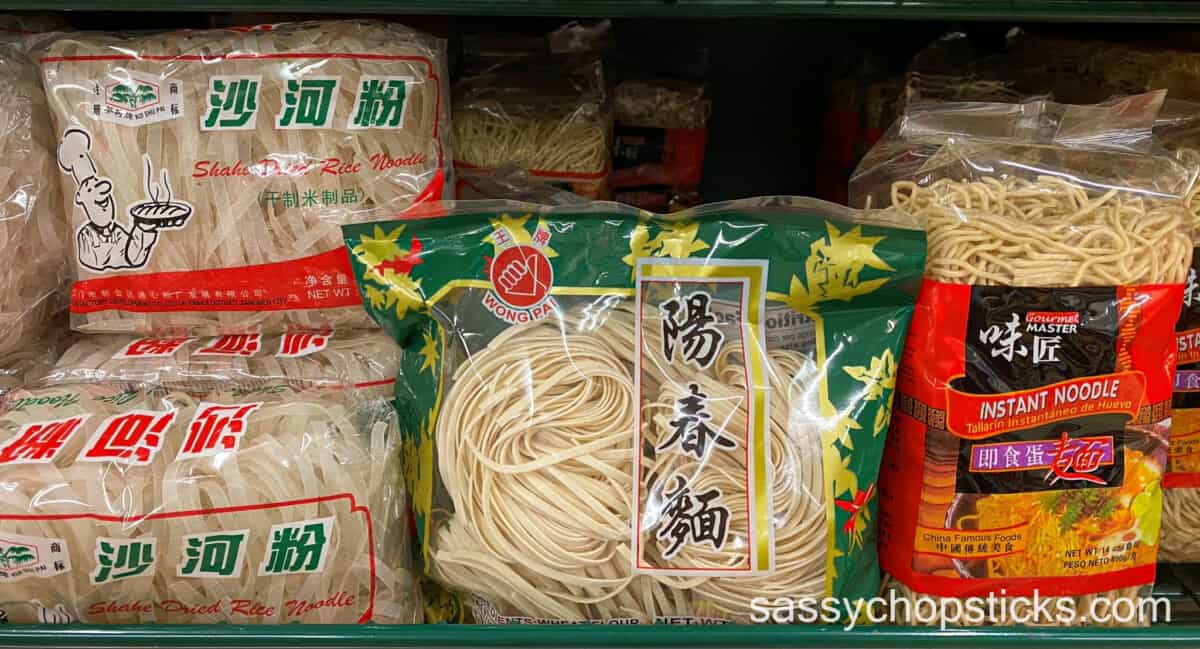
Chow mein
Chow mein noodles are another type of Chinese wheat noodle, typically made from a dough of wheat flour, water, and salt. They're usually fried until they're crisp, and then they're stir-fried with vegetables or meat. Chow mein noodles can be served either wet or dry, and they're often topped with a sprinkle of green onions.
Yam Noodles
Yam noodles are a type of Chinese wheat noodle made from a dough of yam and wheat flour. They're chewy and slippery, with a slightly sweet flavor that pairs well with savory sauces or broth. Yam noodles are typically served in soup or stir-fried dishes.
Glass Noodles
Glass noodles also called cellophane noodles or bean thread noodles, are a type of Chinese noodle made from mung bean starch. They're thin, clear, and translucent, with a chewy texture and a neutral flavor that pairs well with almost any dish. Glass noodles are also made from rice flour but have a different texture than regular rice noodles. Cellophane noodles don't absorb liquid as readily as other types of Asian noodles, so they tend to clump together if cooked in liquid for too long. Because they have no flavor of their own.
Glass noodles are typically used in soups or stir-fries but can also be used in salads or as a noodle pudding.
Chow Fun
Chow fun noodles are a type of Chinese noodle made from rice flour and water. They're wide and flat, with a chewy texture that pairs well with hearty sauces or broth. Chow fun noodles are typically stir-fried with vegetables or meat, and they can also be served in soup. They are my favorite Asian noodles!
Buckwheat Noodles(荞麦面)
Wheat is a common type of grain used in Asian cooking, but it’s not used as much as rice because it’s more expensive than rice and requires more water to grow. Wheat gluten is made from the protein found in wheat flour (glutenin) that is heated until it becomes sticky enough to form into separate.
Most buckwheat noodles need to boil for 5-7 minutes before eating. Wheat noodles generally have a soft texture when cooked properly and can be used in any dish.
Cantonese egg noodles
Cantonese egg noodles are one type of egg noodle. They are made from wheat flour, water, salt, and egg yolks. The well-known Cantonese pan-fried noodles are a cross between garlic noodles, pan-fried noodles, and chow mein noodles. Before pan-frying the noodles, you will need to boil them for 1-2 minutes according to the package directions.
Somen noodles(素面)
Somen is a very thin wheat flour noodle with a diameter of less than 1.3 mm. There is a slight saltiness to somen noodles, as well as a springy, chewy texture. In somen, the dough is stretched with vegetable oil, forming thin strands that are later air-dried. You can find them in most major Asian grocery stores.
Final thoughts
As you can see, there are so many different kinds of Asian noodles out there, which come in different sizes and shapes. Go ahead and try one yourself, you will surely feel the satisfaction. Again, I would love to hear from you, leave your comment below. 🙂

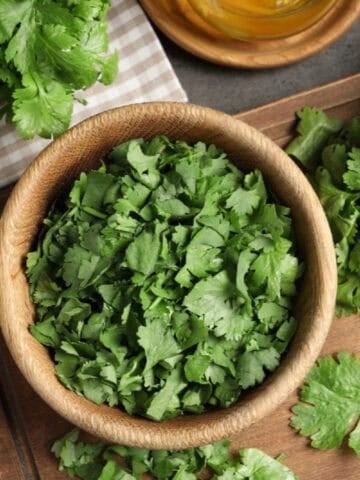
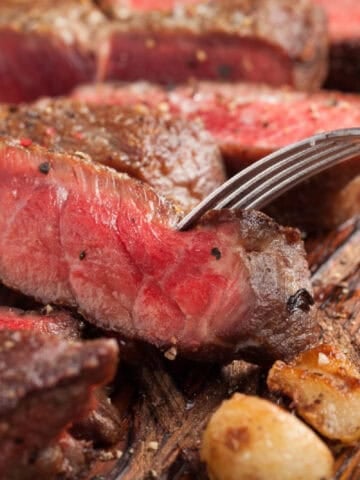
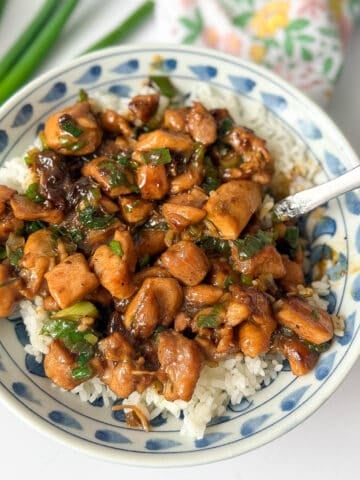
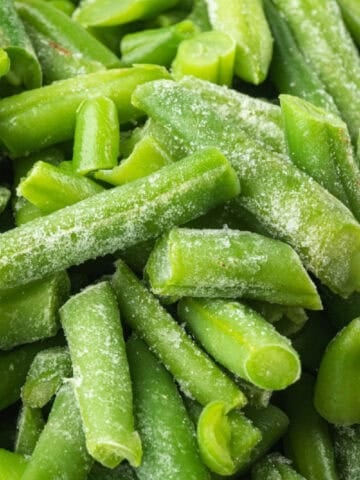
Leave a Reply